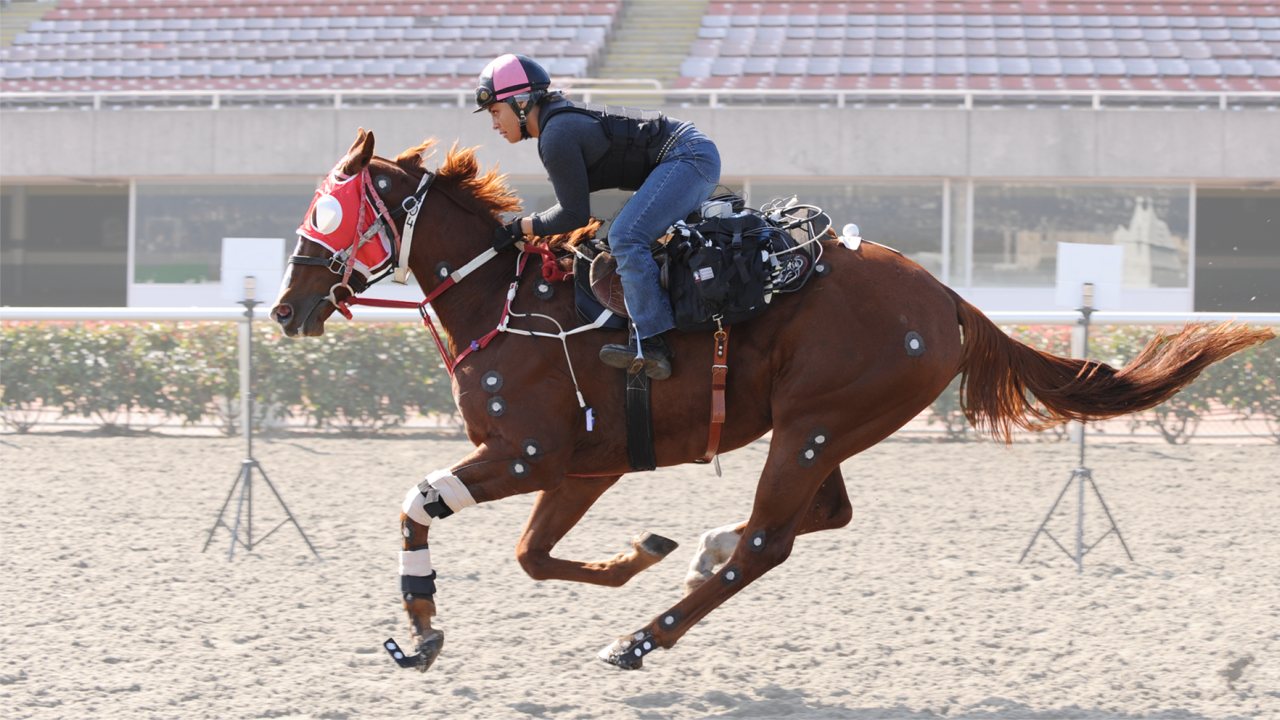
Leading the Way in Equine Research
Thanks to generous donors, the Center for Equine Health has been able to fund research that advances equine veterinary medicine over the past 45 years. Dr. Sue Stover, professor of veterinary anatomy and director of the J.D. Wheat Veterinary Orthopedic Research Laboratory, has conducted a variety of studies that improve racing safety and provide insight into how different surface areas of tracks and arenas impact equine athletes.
Related Stories
Dr. Symons Honored with Wilson Award
Find Your Dressage Arena Footing (Dressage Today)
Underrun Heels? Maybe It's the Shoes (American Quarter Horse Journal)
After completing extensive work evaluating the effect of race surface on injuries in Thoroughbred racehorses, Dr. Stover began in investigate the effect of arena surface on fetlock motion in jumping horses. Injuries to structures that support the fetlock, pastern, and hoof (suspensory ligament, superficial and deep digital flexor tendons) are the primary causes of performance limitations in show jumpers. The likelihood of injury to these areas increases with high limb loads and greater fetlock extension. Characteristics of the arena surface affect maximum limb loads, and thus the risk for injury.
The project studied both dirt and synthetic arena surfaces with the approach that a less stiff, more compliant arena surface, with sufficient strength to support the hoof, could result in lower limb loads and lesser fetlock joint hyperextension, and thus have a lower likelihood of inducing common injuries.
Investigators found that the dirt arena surface was stiffer and had higher vertical impact loads than the synthetic surface. Therefore, the dirt arena had more resistance to deformation of the hoof into the surface. However, the synthetic arena surface had higher cohesion (i.e. resistance to horizontal motion or slide of the hoof). During take-off for the jump, fetlock extension and hoof movement were greater on the synthetic arena than the dirt arena surface. During landing, fetlock extension was greater and the toe of the hoof penetrated further into the synthetic arena than the dirt arena surface.
Because extreme fetlock and hoof motions increase the risk for injury, arena surface design and management have the potential to prevent injuries in show jumping horses. However, further work is needed to determine the optimum arena surface design and management for injury prevention.
This study and the summary for many others can be found online in the 2018 CEH Research Review.
.
